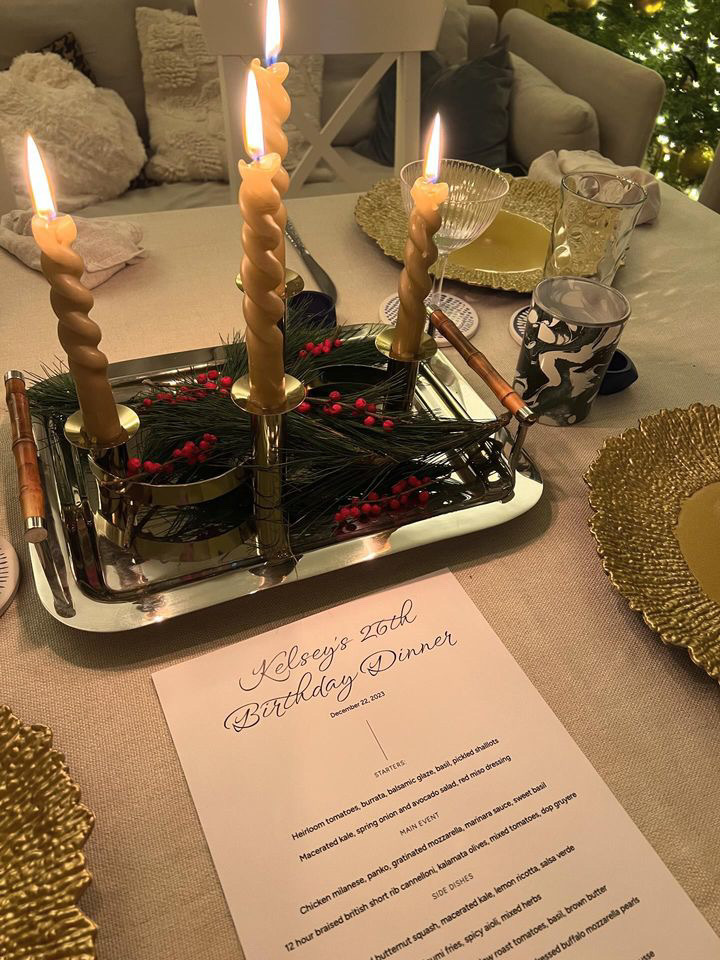7 Tips for Writing Great Menu Descriptions
As a private chef, think of your menu like a book cover. It’s the first thing your clients see, and just like a captivating book cover, it should spark their curiosity and make them eager to explore what’s inside. Your menu isn’t just a plain list of dishes; it’s the introduction to the culinary journey you’re about to take your clients on. At yhangry, our private chefs have adapted to creating menus for bespoke clients, making this even more important.
In this guide, we’ll delve into the art of menu creation, focusing on how to make your offerings not only sound delicious but also tell a story.
New to private cheffing? Click here to master the art of creating perfect menus for your clients!
1. Trigger the Senses with Descriptive Food Names:
Use descriptive words that make your dishes sound and taste amazing. Point out what’s special about each item – whether it’s the aroma, flavor, texture, or how it’s cooked. Whether it’s a dish with smoky and spicy meats or fresh and zesty vegetables, these detailed descriptions build excitement and make your creations seem even more special.
2. Use Location to Suggest Quality:
Appeal to the growing trend of appreciating locally sourced ingredients by incorporating geographic origins into your menu. Whether it’s a dish inspired by a specific region or highlighting locally procured ingredients, this strategy enhances the perceived quality and allows customers to connect with the authenticity of your offerings.
3. Cater to Diets and Customs:
In today’s diverse world, recognizing and catering to a variety of dietary needs and customs is of utmost importance. By clearly designating items as Hot, Vegan, Vegetarian, Gluten-free, Halal, Nut-free, Dairy-free, or Raw, you are not only providing transparency but also showcasing your commitment to accommodating individual preferences and dietary restrictions.
4. Create Nostalgic Backstories:
Uncover recipes with intriguing histories, especially those passed down through generations or originating from distant locales. Incorporate these stories into your menu descriptions, adding depth and a touch of nostalgia to your culinary offerings. However, keep the number of dishes with a backstory limited to maintain a balanced menu.
5. Emphasize the Cooking Process:
Highlight the cooking process to showcase your dedication and expertise. Whether it’s pan-seared, chargrilled, slow-roasted, marinated, flambeed, poached, or braised, these terms provide insight into the preparation methods, making your menu more engaging and appealing.
6. Enrich Descriptions with Striking Words:
Elevate your food descriptions with striking words that evoke texture, taste, and visual appeal. From buttery and caramelized to zesty and melt-in-your-mouth, these words create a vivid picture in the customer’s mind, enticing them to explore your menu further.
7. Inject Humor into Menu Descriptions:
Add a touch of humor to your menu with funny and playful descriptions. Clever wordplay and witty names not only entertain but also make your menu memorable. Incorporate humor into dessert names, cocktail options, or even the kids’ section for a lighthearted touch that resonates with customers.
Unlock top-notch plating presentation tips in our latest blog! Don’t miss out – click here for culinary inspiration!
